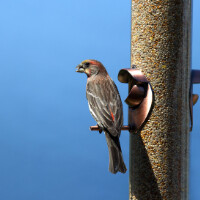
Just like humans, animals have specific needs--food, water, a place to sleep, and a place to raise a family. Unless you’ve got a large piece of land, you probably can’t provide everything for every animal, but you can still help by offering what you can.
Food
One of the easiest things to provide is food, and if your yard includes plants, you’re already providing food. Have you ever seen a flock of bushtits swarm over aphids on your bush? They’re devouring the bugs and helping your plant at the same time.
But not all birds are insect eaters. Many only eat seeds, so I offer bird seed to supplement a seed eater’s natural food source. More food is needed during the spring and summer when new families are hungry. I’ve seen quail bring their young to my ground feeders. Fledgling birds learn to forage (find food) by following their parents. Young house finches, scrub jays, lesser goldfinches, and spotted towhees eat at my feeders every year.
To attract a larger variety of birds, offer more than just everyday bird seed. I start with a basic seed mix (use one with 25% or fewer sunflower seeds for less mess), then add a waste-free blend that’s just nut meats. Lastly, I’ll add a type of finch mix with very small seeds. Goldfinches and mourning doves both love Niger/thistle seed, but goldfinches need a hanging feeder with small holes. Mourning doves and many others will eat from a hanging feeder, but are just as happy with a ground feeder. So, I have two ground feeders to help lessen the mess on the patio. Another protein source that attracts insect eaters is freeze dried meal worms and little suet balls. I sprinkle both near my ground feeders. If you’re not against crows, you can toss out raw peanuts in the shell. Scrub jays love them, but so do crows.
Birds aren’t the only wildlife you might help. I noticed a pair of orange-throated whiptail lizards munching on freeze dried mealworms.
Butterflies also visit my yard, enticed by certain blossoms. Just by growing the right plants, you can feed hummingbirds year-round in Southern California.
Keep your eyes out for the Part 2 of How to Create a Wildlife Friendly Yard.


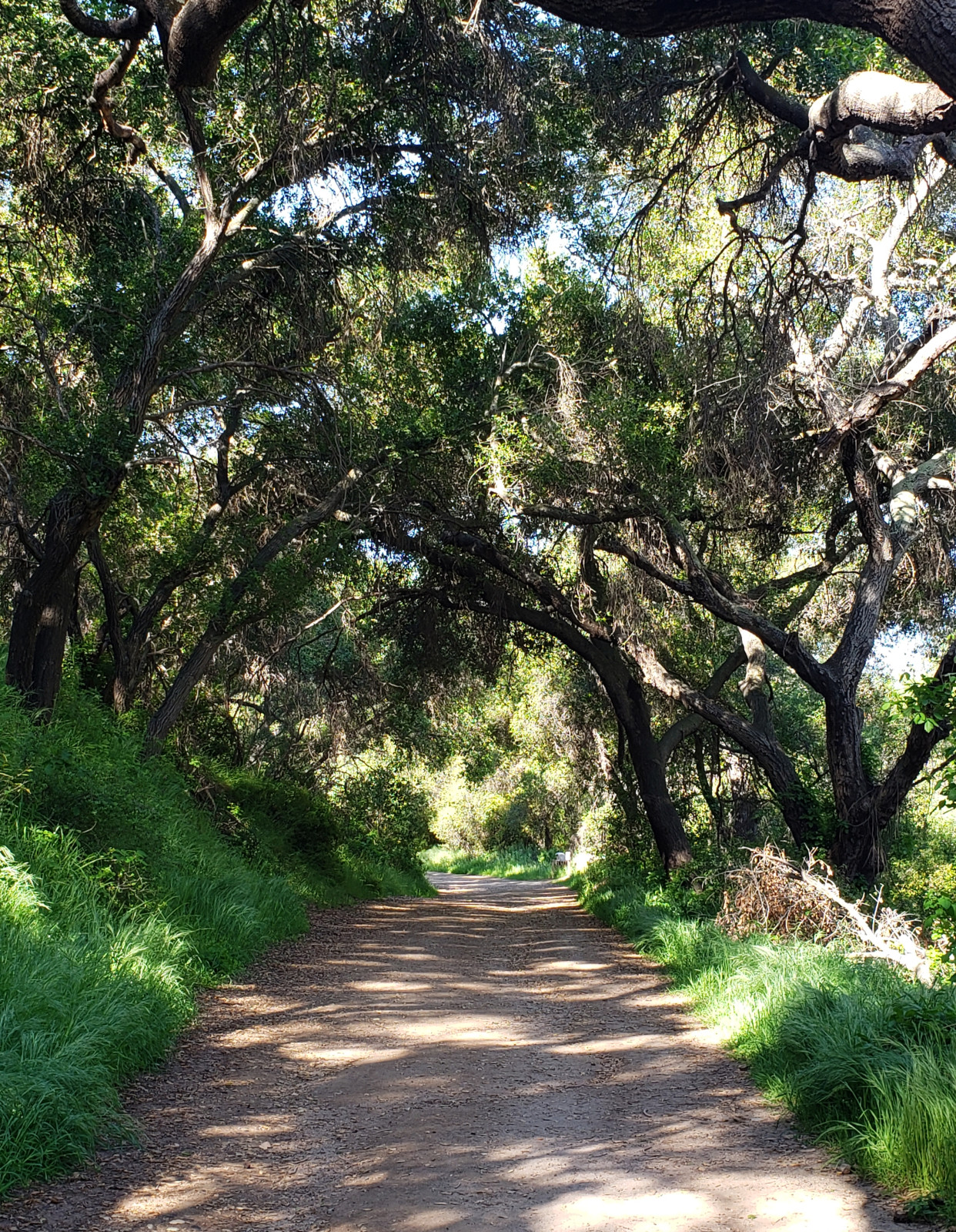
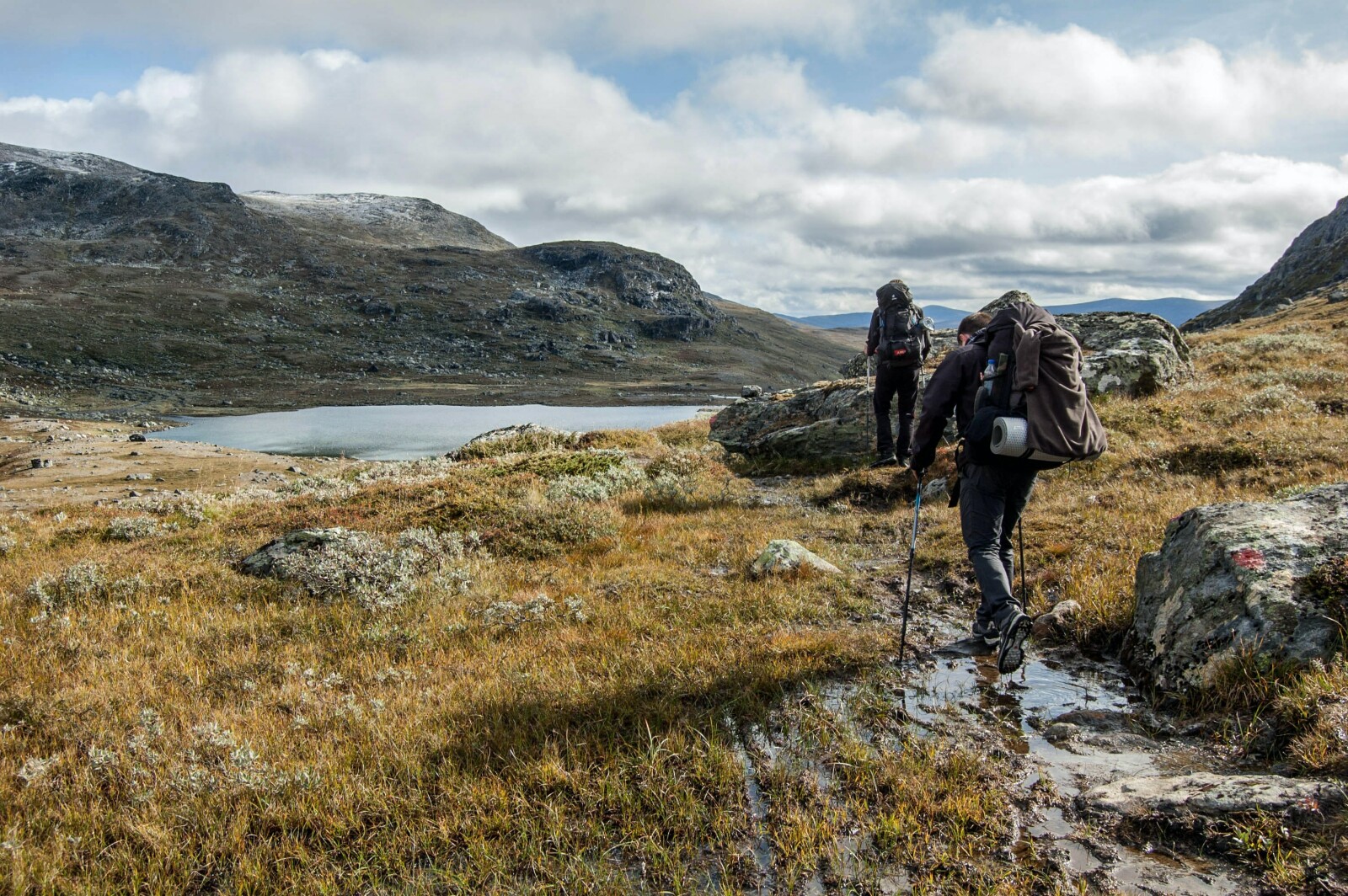

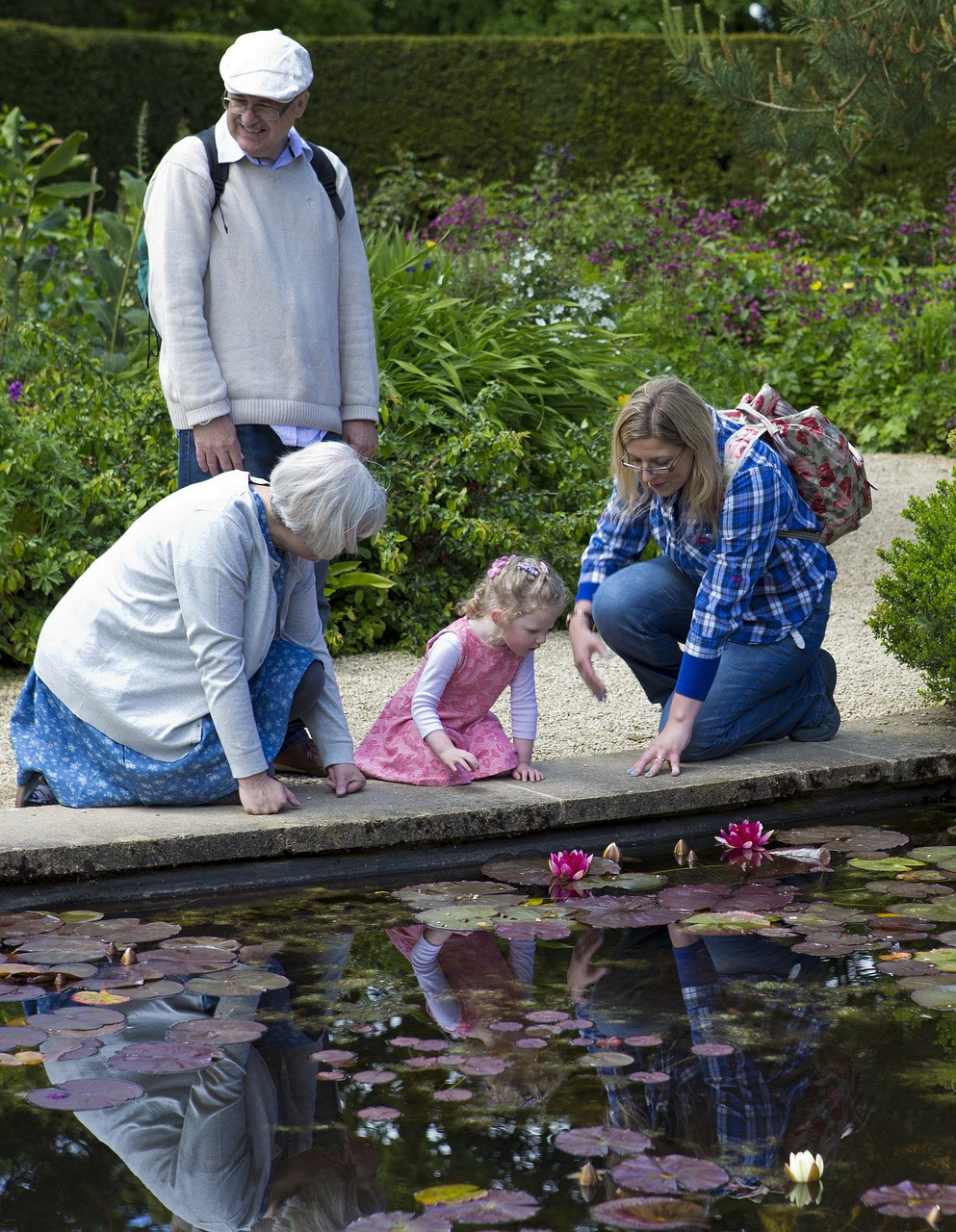

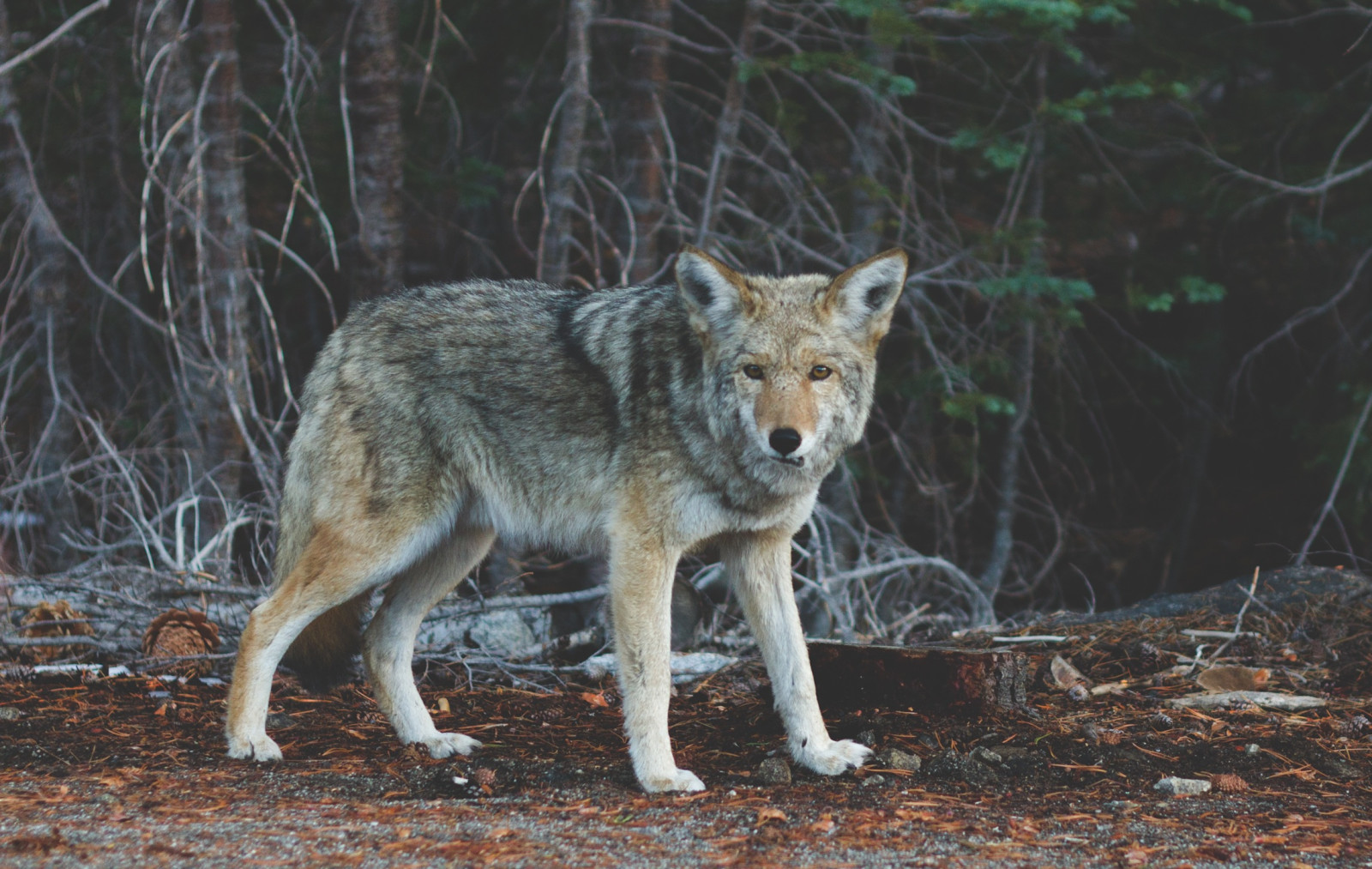

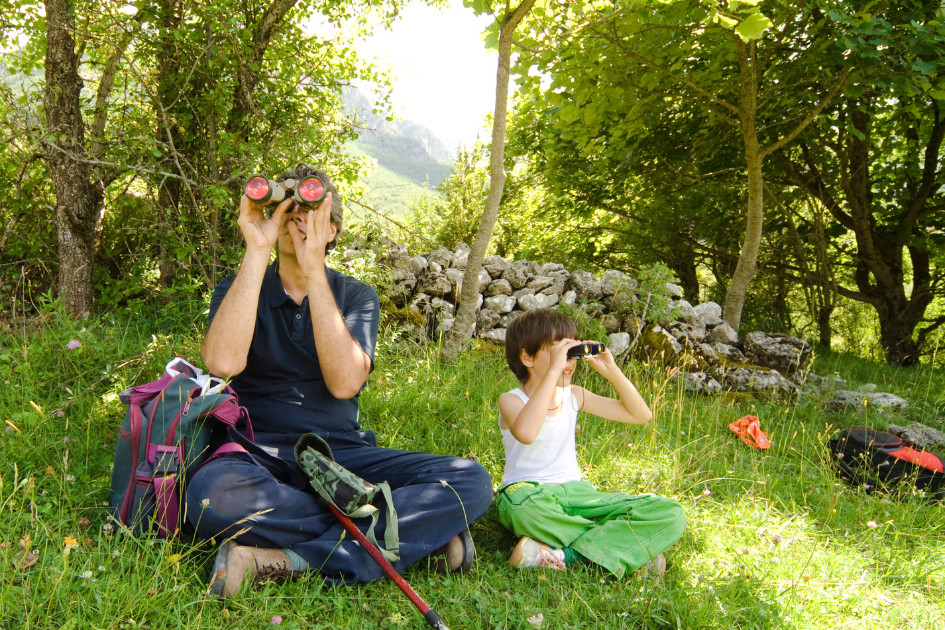
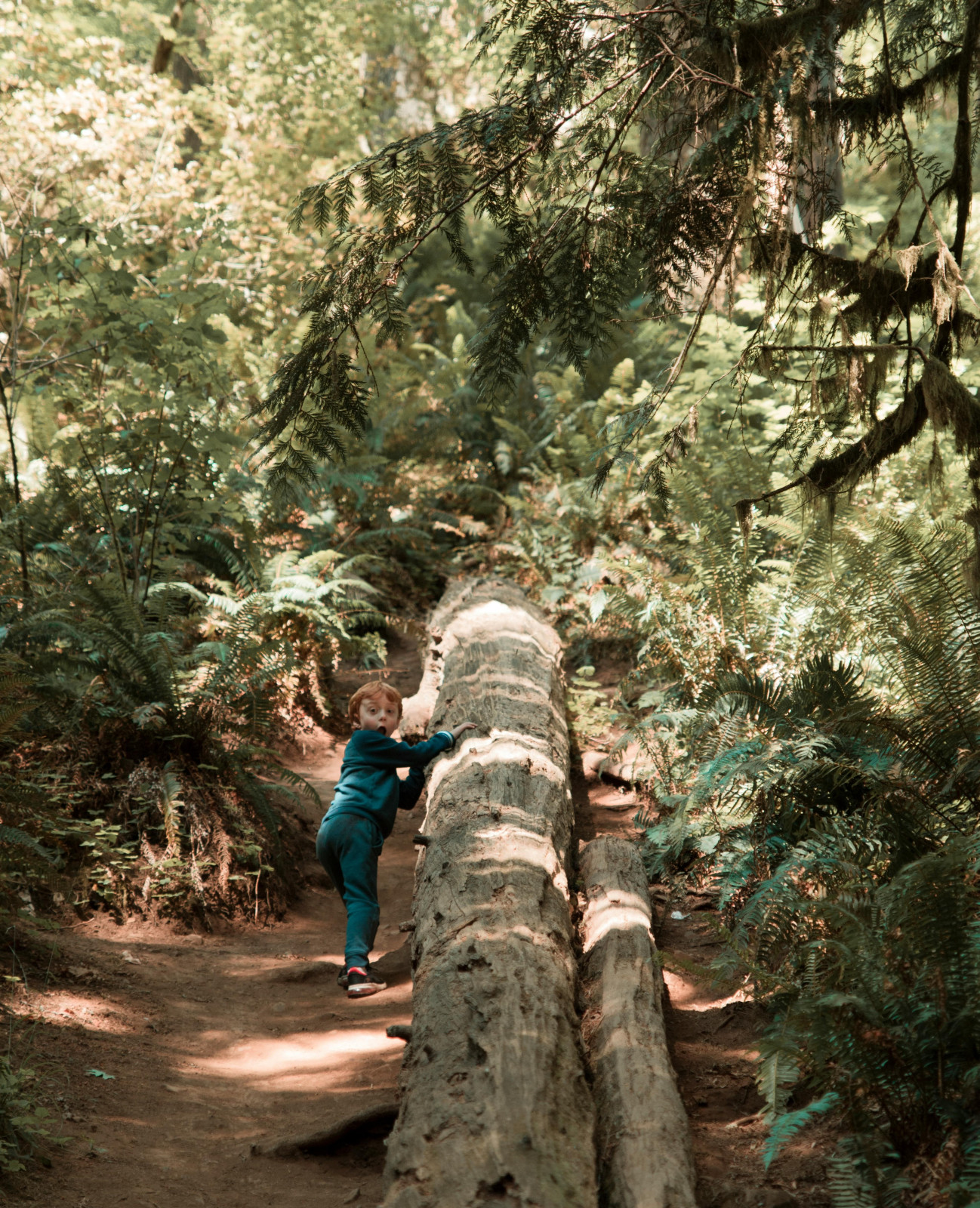
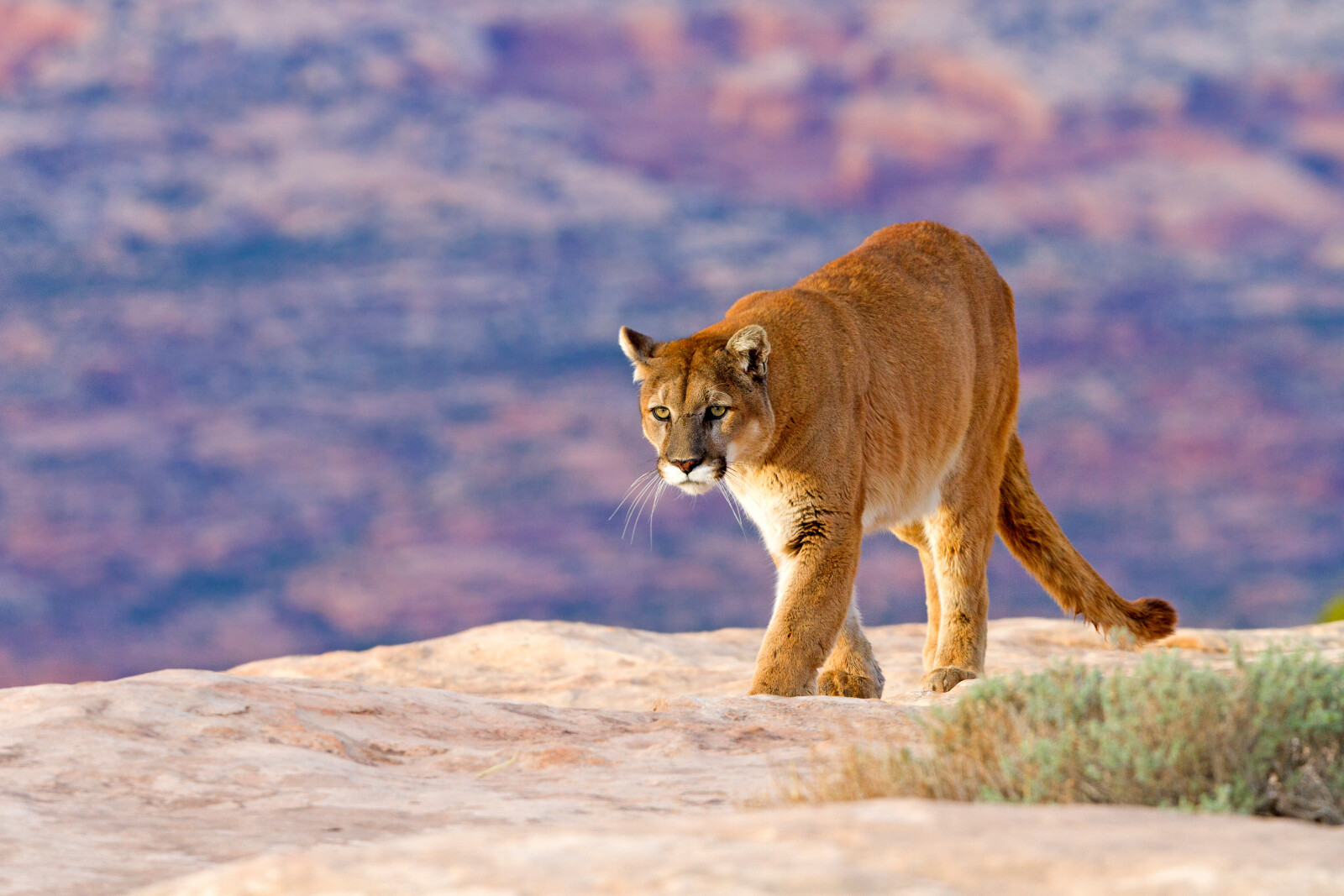
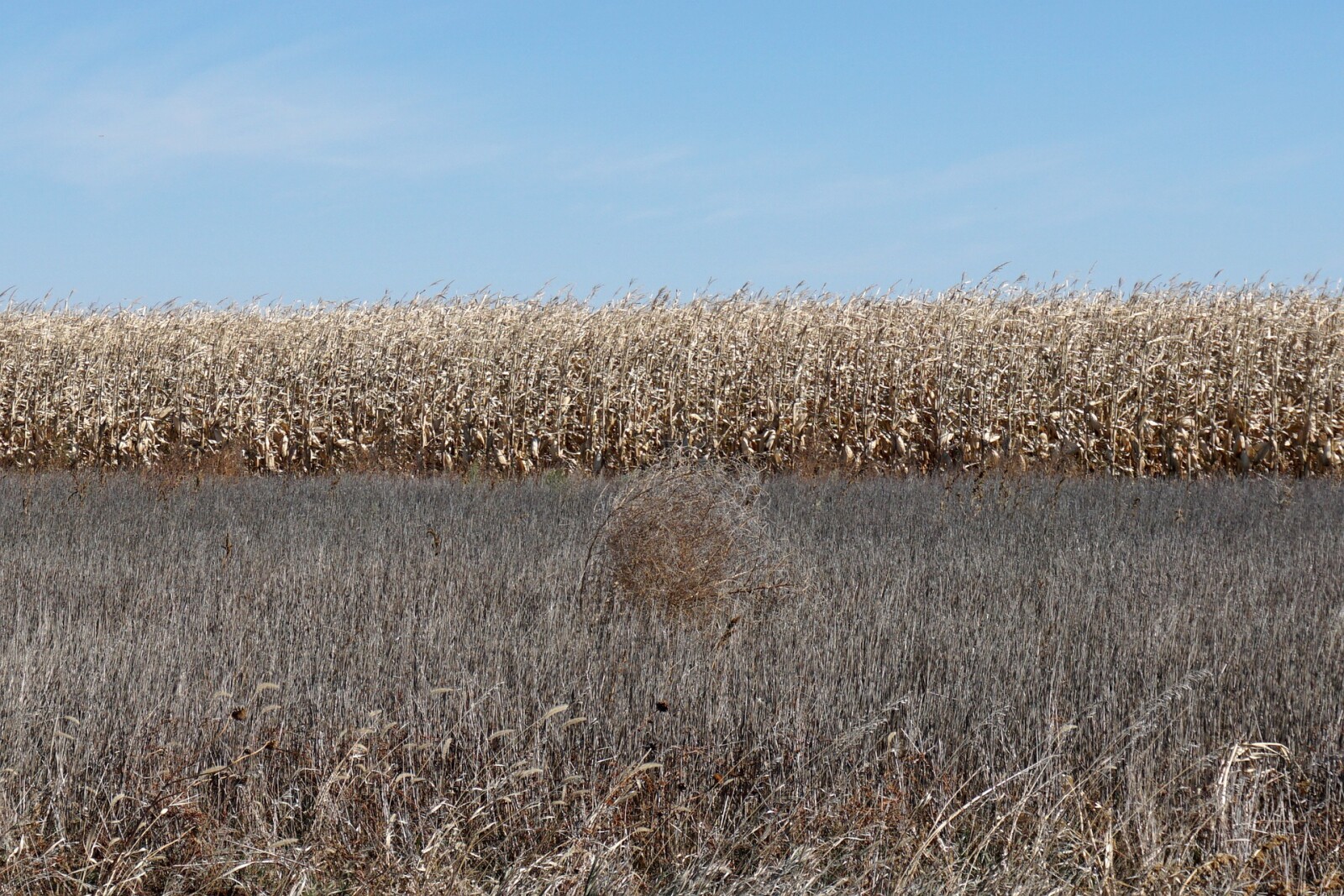



0 Comments